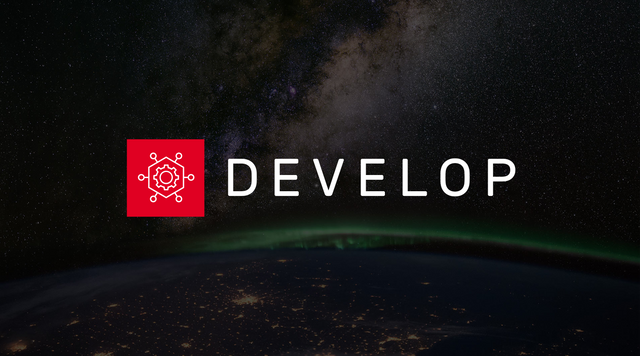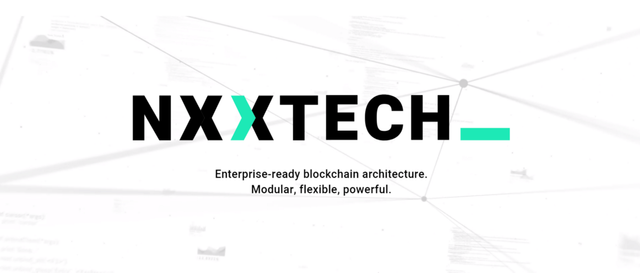How Consensus Algorithms Validate Trust on Blockchain?
Rules of conduct comprise of long history of culture and help us reaching our goals with respectful attainment of agreements. But, how can similar agreements be achieved with the help of blockchain technology?

In business, appropriate behavior and many other influences make business relationship smoother, done in a respectful manner and encapsulate trust between business partners.
In technology, decades of development brought us similar industry standards than used in businesses by making (especially) internet technology open, transparent and used as platform on which everything we see on the web is based.
What about blockchain? The technology development is still in the early days, however the standards of communication and trust are are the most basic premise on which blockchain is paving its way. To implement trust in each of the processes run with blockchain, several consensus algorithm are available (e.g. Delegated Proof-of-Stake (DPoS), Byzantine Fault Tolerance (BFT), Proof-of-Activity and others). Nevertheless, among all of them, three main consensus algorithms prevail and, because of their advantages, they enjoy the greatest support among the IT crowd.
What are consensus algorithms, to begin with?
To accept a decision among a group of people, we need a consensus. For blockchains, these consensus algorithms are put in place to ensure a group of people agree that all transactions are validated and authentic. That is why consensus algorithms are a vital part of blockchain technology on which the Web 3.0 concept is being built.

Proof-of-Work (PoW) was first introduced in Bitcoin whitepaper by Satoshi Nakamoto in 2008. It was proposed as “a solution to the double-spending problem using a peer-to-peer network. The network timestamps transactions by hashing them into an ongoing chain of hash-based proof-of-work, forming a record that cannot be changed without redoing the proof-of-work”.
Proof-of-Work is used in cryptocurrency mining, where CPU power is needed. Work must be put into something to give it value, in Bitcoin’s case this work are computations with mining equipment that consumes electricity. As a reward for their work, miners get bitcoins.

Proof-of-Stake (PoS) is a different way to validate transactions and achieve the distributed consensus. Its mechanics states that a person can mine or validate block transactions according to how many coins a network member holds. Members who “stake” their cryptocurrencies in a native wallet are called “minters”.
Most known network currently using this model is Ethereum. Opposed to Bitcoin, where miners put in “work”, this consensus algorithm for public blockchains depend on a validator’s economic stake in the network. As in PoW, minters are also rewarded when they validate the transaction, in cryptocurrency they are mining.

Proof of Authority (PoA) is a consensus protocol in which only authorized nodes participate. In that process, users voluntarily disclose their identity in exchange for the right to validate. Nodes elect a leader, which has the role of validating transactions and extending the ledger. For that, PoA is more secure and energy efficient, ensuring high speed and network scalability.
Why do consensus mechanisms matter to Netis Group, you ask?
Among other, because our research and development team is now vigorously devoted to the development of NXXTECH, a propietary blockchain architecture with a goal to offer the benefits of decentralized technology to companies in traditional sectors that are perhaps reticent to technologies marked as “disruptors” and to blockchain startups that wish to use the architecture to easily build the dapp of their choice and shorten their time-to-market.
NXXTECH is being created to simplify how things and users communicate on-line and enable them to have trusted inter-operability when doing so.
Download NXXTECH Whitepaper for more details of the solution and make sure you follow our channels for all important updates.

Check our website Netis.si and follow our updates on LinkedIn and Twitter. For regular blog updates follow this Medium space.